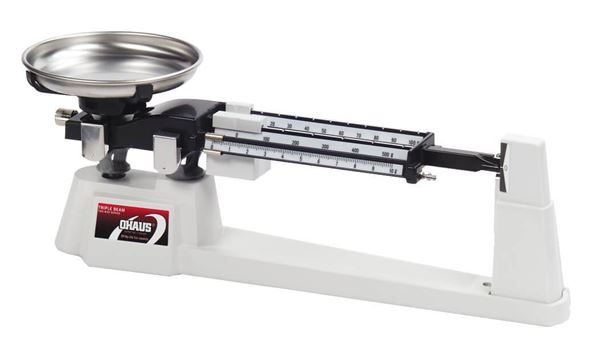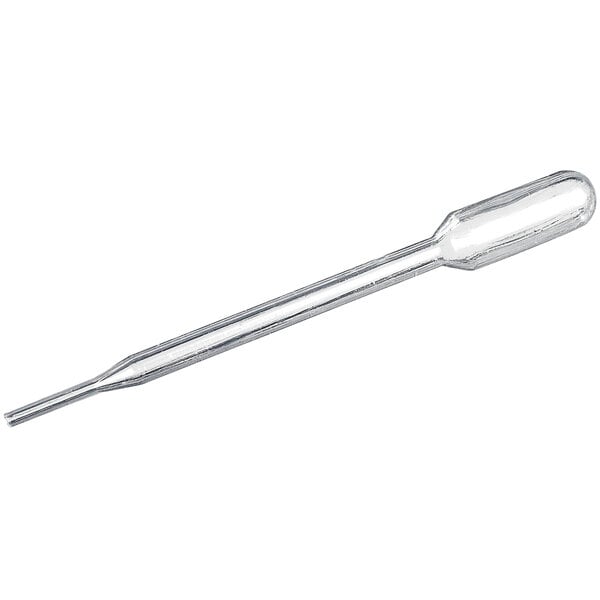The last step of the scientific method is:
Conclusion/Communication
Someone on the busy street of a New York neighborhood asking random people that pass by how many pets they have, then taking this data and using it to decide if there should be more pet food stores in that area. Observational or Experimental?
Observational
Scientists give rats a new medicine to increase brain function and track how fast they complete different puzzles. They repeat the experiment 5 times with 10 rats in each group.
Name 3 constants:
Puzzle type, rats, type of medicine, etc.
Tool, what's it measure, what unit?

Graduated Cylinder
Volume
mL or milliliters

1,000 mm = ____ m
1,000 mm = 1 m
The second step of the scientific method is:
Research
in order to test the effects of a new drug intended to treat a certain medical condition like dementia, if a sample of dementia patients is randomly divided into three groups: first group gets a high dosage of the drug, second group gets a low dosage, and the third group gets a placebo. Observational or Experimental?
Experimental
Scientists give rats a new medicine to increase brain function and track how fast they complete different puzzles. They repeat the experiment 5 times with 10 rats in each group.
Independent Variable:
(Hint: it's the variable WE CHANGE)
Type/amount of medicine
Tool, what's it measure, what unit?

Thermometer
Temperature
Celcius

520,000 cm = ____ km
520,000 cm = 5.2 km
The part of the scientific method that is the most hands on and fun for students/scientists is:
A person conducts a study to see if holding a hair dryer by the side of the road makes people slow down on a busy highway. He stands on the side of the road for 30 minutes without the hair dryer, then repeats with the hair dryer. Observational or Experimental?
Experimental.
Scientists give rats a new medicine to increase brain function and track how fast they complete different puzzles. They repeat the experiment 5 times with 10 rats in each group.
Dependent Variable:
(Hint: It's what's measured or the result of our change)
How well the rats complete the puzzles
Tool, what's it measure, what unit?

Triple Beam Balance
Mass
Grams (g) or milligrams (mg)

10 centiliters = ____ liters
10 centiliters = 0.1 liters
The first step of the scientific method is:
Asking questions/Stating a problem
A study took random sample of adults and asked them about their bedtime habits. The data showed that people who drank a cup of tea before bedtime were more likely to go to sleep earlier than those who didn't drink tea. Observational or Experimental?
Observational
Scientists give rats a new medicine to increase brain function and track how fast they complete different puzzles. They repeat the experiment 5 times with 10 rats in each group.
Control:
(It's not outwardly mentioned but what is our baseline data going to be?)
How fast rats complete puzzles without medicine
Tool, what's it measure, what unit?

Pipette/Dropper
Volume
Milliliters (mL)

10 kilograms = ____ grams
10 kilograms = 10,000 grams
After we have our experiment data, we need to do this.
Analyze and organize into a visual
What is the difference between an observational study and an experimental one?
Hint: What does the investigator do in each?
Observational: Investigator WATHCHES but doesn't get involved.
Experimental: Investigator gets involved in the experiment. He/she is DOING something to change the result.
Scientists give rats a new medicine to increase brain function and track how fast they complete different puzzles. They repeat the experiment 5 times with 10 rats in each group.
Repeated trials:
5 repeated trials
Tool, what's it measure, what unit?

Stopwatch
Time
Minutes/Seconds
FINAL JEOPARDY
Give me all variables in this experiment (I.V., D.V., Control, Constant, and Repeated Trials):
A student was testing to see if the amount of pollution produced by cars was different depending on how long they were driving. The student had 3 groups with 5 different cars in each: group 1 drove for 5 minutes, group 2 for 30 minutes, and group 3 for an hour.
I.V.: driving time of the cars
D.V.: amount of pollution
Constant: cars, parts, tools, etc.
Control: (do we have one?; create a baseline: 5 minute group)
Repeated Trials: 5 different cars in each of the 3 groups